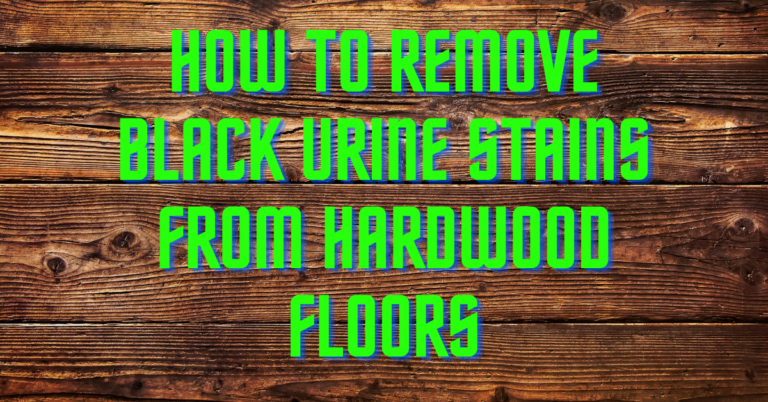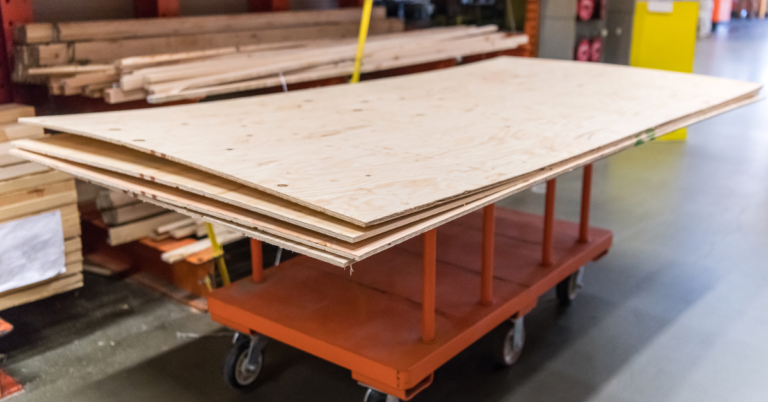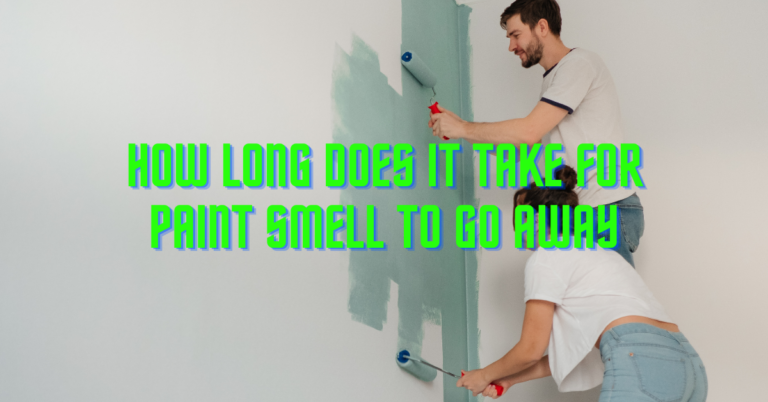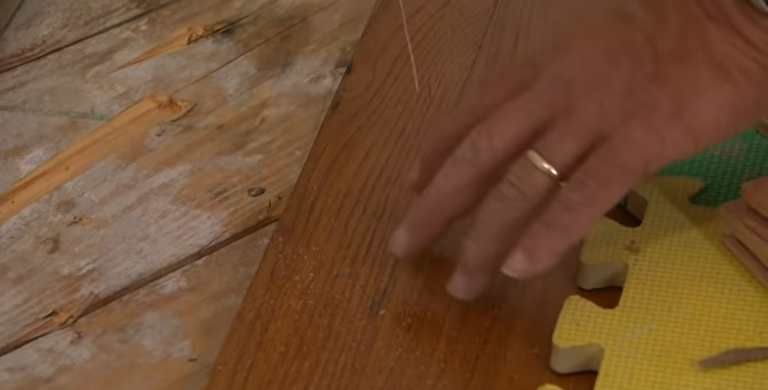How to Apply Beeswax to Wood & Cutting Boards
Our home requires regular maintenance especially when it concerns furnishing elements such as wooden furniture. Many treatments are available to help the appearance of the wooden furniture look its best. In this article, we shall talk about how to apply beeswax to wood cutting boards.
The use of beeswax is among the best methods of maintaining the look of wood. Let me show you in detail how to apply beeswax to wood. But, we shall look at the materials needed for this project before talking about the project in detail.
All at a Glance
What do you need for this project?
- A grinding machine or orbital sander.
- Brush
- Triangle scraper
- Chisel
- Duster
- Rag
- Different sizes of sandpaper
- Polishing fleece bonnet beeswax.
Steps to Apply Beeswax to Wood
Here, we shall focus on various steps necessary to complete the project and have a great-looking wood surface.
Remove residue from the wood surface Any left-over old paint or dirt must be removed from the wood surface. Often, it is not enough to get rid of the old paint from the surface without using a hot air blower. Therefore, to apply beeswax properly and have a good and even surface, you need to remove all old paint, varnish, wax residue, and excess oil.
You will have to be patient and meticulous during the project. Also, you can use a paint stripper, spatula, or heat gun if the paint proves too difficult to remove. However, it is best to use only water to clean the surface.
But, you can use it alongside an intense surface cleaner made for wood. When you use a cleaner not designed for wood surfaces, it can have a counter-productive effect on the waxing process. It would be best to allow the wood enough time to dry after cleaning.
To purchase a special intensive cleaner for the wood surface, as a local hardware store for advice. Alternatively, go online and read reviews from various online stores about wood cleaning products they have in their store. Please do not use colored household cleaners because their color can penetrate the wood and won’t be easy to remove later.
Sand the wood surface before applying beeswax
When sanding the wood surface with fine sandpaper before applying wax. It will make it easier for the surface to absorb the wax. Also, the surface will be even and won’t have any spots left out.
There is a wafer-thin layer left on the wood surface. It is hard to see but prevents the wax from being absorbed into the wood. Hence, you need to sand down the piece of wood.
Although the wood surface is absorbent, it still needs to be sanded smooth. In the last sanding step, 180 grit sandpaper is best. Then, use a carving knife to carve out fine grooves and filigree shapes. Properly remove the old paint with a triangle scraper or inner corners and strips.
Triangle scrapers have unique shapes and angles, which makes them perfect for working on an old piece of wood.
Prepare the beeswax before applying it
Typically, the beeswax in its pure state is solid. Heat must be applied to make it liquid because that is the only state you can use it. Hence, beeswax is put in a water bath and depending on the size for as long as 20 minutes at a maximum temperature of 90 degrees Celsius.
Don’t let the wax cool before it will return to its original state if it does. Mix it with the turpentine and stir until you get a homogenous compound. Now, you can allow it to cool before applying it.
The best proportion is 100 grams of beeswax and at least 400ml of turpentine. When the pore of the wood is open, you need a higher proportion of beeswax and less amount of turpentine. Please don’t make the beeswax too warm so you can get an even distribution when applied.
How to Apply Beeswax to Wood
If you used a cleaner alongside water, ensure the wood properly dries before applying the wax. If you can, apply solid beeswax with a rag. To complete this process, dab the wax sparingly with the rag. First, apply the wax in a smaller portion using a circular motion.
When you apply the beeswax to the wood surface, you need to pay attention not to use excess or too little an amount and work evenly with a soft cloth or ball of fabric. Then, remove any leftovers with a rag or coarser cloth. Take the paste wax or finishing wax and spread it evenly using a fiber cloth.
Further, it is best not to place thick layers since when it dries it will not do it in an even manner. Alternatively, if you do apply it by controlling the step of the wrist in the direction of the beta there will be no unnecessary shadows.
Smoothly apply the paste, start on one side and continue to the other end of the surface. It is best to use thin layers, and allow enough time for them to dry before repeating the process with the second layer of beeswax.
Allow the beeswax dry
It is best to allow the beeswax dry on wood for at least 20 minutes. However, it should not exceed an hour. Consider the amount climate of the environment before you decide the time needed for it to dry. To ensure the surface is properly dried, touch it with a tip of a finger and check if it is sticky.
The dry wax needs to soak in for a short while. Banking on how well the pores of the surface opened during the preparatory work, the wax absorbs faster or slower in some wooden furniture. Give the mixture thirty minutes and an hour until the wood absorbs the beeswax sufficiently.
Reapply another layer of beeswax to the wood
Typically, ordinary wood requires more than one coat of beeswax. Therefore, it is best to apply another layer of coat after the first one dries. A third layer may be necessary to get a perfect surface.
It is not necessary to wax the furniture one more time with solid waxes. But, if you have used a paste or liquid wood wax wood, you may need to apply more paste after polishing. However, it depends on the absorption capacity of the wood.
If you are using a piece of restored old furniture, the absorption capacity is often no longer particularly high. However, if you made a great piece of furniture, you will need to apply at least two layers of beeswax. You have to remove excess beeswax residue with a rag.
It is best to note the time it takes for the wax to dry. Typically, you need to treat waxed wooden surfaces from time to time. Also, treat new pieces with high-quality beeswax after a few months.
Wood is a natural material, so it will pull some of the wax even after a long time. The renewed waxing ensures the surface is much more resistant and cannot be scratched quickly, even by the cat’s claws.
Advantages of Beeswax Finish on Wood
Using beeswax finish on wood has many advantages. We shall look at them below:
- The use of beeswax removes the worry about toxic or environmentally harmful compounds. Since beeswax is a natural compound, it takes away the issue of harming the environment and the health of the user.
- Beeswax is easy to apply, which is a great advantage. The application of beeswax on a wood surface is a quick and easy process. Also, it allows anyone to apply it without using a professional tool.
- Beeswax is an inexpensive material. Hence the use of beeswax makes the project cheap. Also, the material you need for the project cannot be less.
- Beeswax nourishes and protects the wood. However, it doesn’t offer the level of protection that other finishes provide. Also, it provides a glossy finish. However, the level of gloss depends on the number of layers as well as the intensity of the finish.
- The absence of waterproof layers allows the wood to breathe.
Disadvantage of Beeswax Finish
The disadvantages of using beeswax on the wood surface include:
- After some time, dirt and dust accumulate on beeswax finish more than on other types of finishes. Hence, you have to apply a new layer with some regularity. Although, it is simple and fast to do so.
- Beeswax provides minimal resistance. It grates easily.
Types of waxes used on wood
The following type of waxes is used on a wood surface.
- Beeswax is the most commonly used type of wax for wooden furniture. It is also called virgin wax. However, there are different types of beeswax. Each one is distinguished by its qualities, purities, and colors.
- Carnauba was is special because it brings shine to the surface. It is comparable with many other forms of wax.
Waxes are employed in the last part of wood restoration. It helps improve the finish. Also, it provides a soft and quality appearance to furniture. There are many advantages of using beeswax, and we have listed them above.







